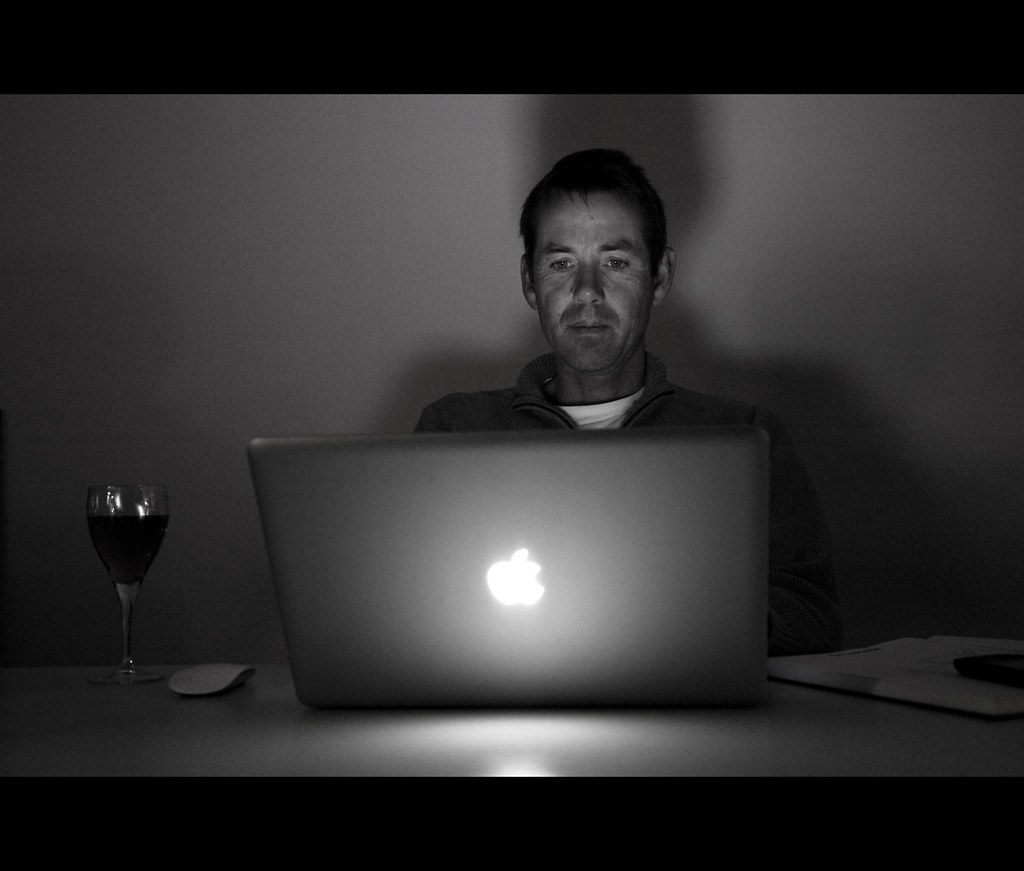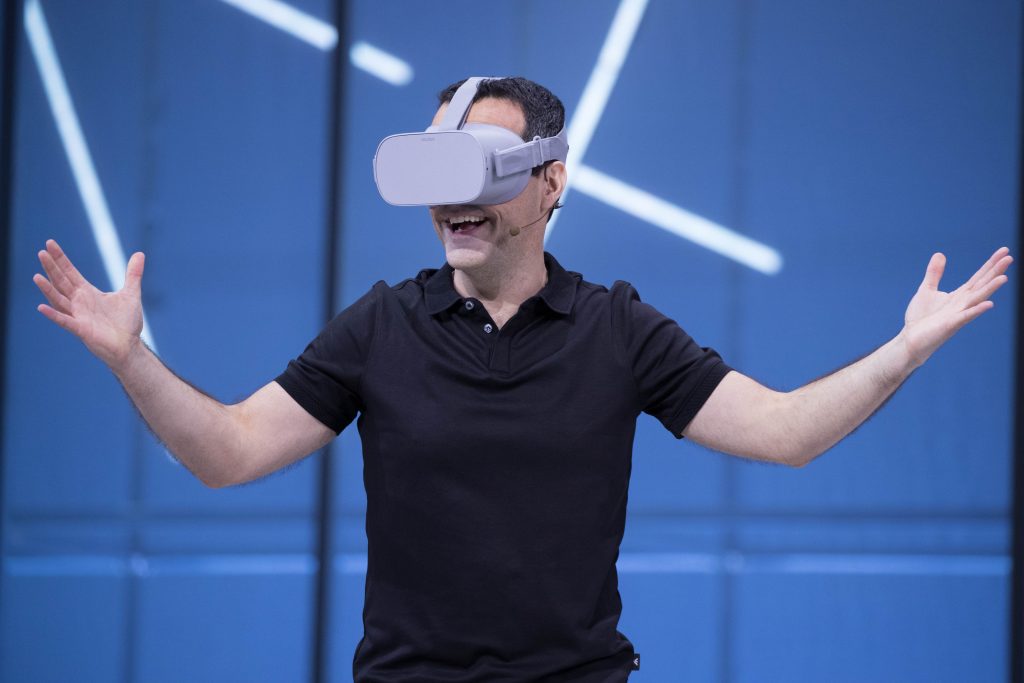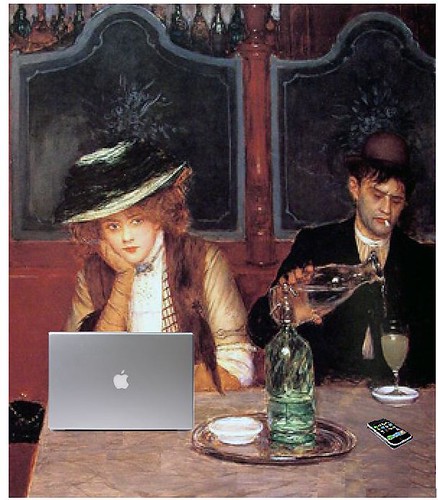With the Covid-19 pandemic closing wineries, tasting rooms, and many other businesses, as well as some version of stay-at-home orders being implemented across the country and globe, wineries have been forced to adapt and quickly in order to survive. Consumers aren’t able to travel and visit any wine regions, dealing a blow to tasting room sales as well as to general tourism in the area.
One way wineries have been able to adapt to this new way of life is by hosting virtual tastings online, where consumers may purchase the wine ahead of time and taste/discuss the wines with the group from anywhere in the world. Since consumers can’t come directly to the area, creating virtual winery/vineyard tours via video had been another strategy some wineries have chosen to incorporate.
Virtual reality is another way that consumers may be exposed to a region without having to physically travel there. Though more expensive than watching a “regular” video on the computer, virtual reality can be crafted to incorporate more of the senses that are very important for the wine tasting experience that a regular video can’t provide. In a nutshell, virtual reality “creates a computer-generated 3D environment that allows people to navigate and interact with simulated real-life situations and contexts” (Wen and Leung, 2021). In other words, virtual reality aims to imitate real life in as many senses as it can – 3-dimensional imaging, sounds, and other sensory experiences.

While there is a whole wealth of knowledge regarding wine consumer behavior in the traditional retail sense, and despite the rapid increase in virtual-based marketing and tourism programs that have been developed within the past year, there have been no peer-reviewed studies examining how the virtual reality experience influence wine purchase behavior and wine appreciation.
Until now, that is!
A new study, available online now and to be published in the April 2021 issue of Tourism Management, aimed to examine the influence of virtual reality on wine purchase behavior for the first time. In this study several hypotheses based on research from other fields (food research, psychology, etc). In the interest of time and space, I won’t go into the details of the background that led up to these hypotheses, but it is an interesting topic and I encourage you to read the full article for these details if you can. It’s really interesting!
To sum up briefly, based on research in other fields, the authors of this study hypothesized that consumers who watch virtual reality videos during a wine tasting would have greater intentions to purchase a bottle of wine as well as be willing to pay more for the same bottle of wine as someone who watched a “traditional” video. Based on other areas of research, “the more human senses that are engaged in a virtual environment, the more immersive the VR experience becomes” (Wen and Leung, 2021). In other words, the more “lifelike” the experience, the more it feels like the person is really there actually experiencing most of what they would be experiencing if they were physically at a tasting (or wherever they are hoping to be).
Brief Methods
The study design employed was a 2×2 between-subjects experimental design.
In other words, there were 2 video types and 2 wine knowledge levels: Virtual reality video vs. Traditional video and high wine knowledge vs low wine knowledge.
Participants in this study were university students taking an undergraduate elective wine course who were at least 21 years old.
Younger consumers were specifically targeted for this study, as the authors cited that the younger generations are rapidly increasing their chunk of the market share of wine and are more familiar/comfortable with newer technologies.
“Higher knowledge” participants were recruited at the end of the semester when their wine course was over. Alternatively, “lower knowledge” participants were recruited at the beginning of the next semester before the wine course had started.
For the study, participants were randomly assigned to one of the two video formats – virtual reality or traditional video – followed by a tasting of a wine from the winery featured in the video, then finally a survey. Both videos were the same wine tour – except one was in a virtual reality format while the other was a traditional video format.
The virtual reality video was viewed using Oculus Go standalone virtual reality headsets, while the traditional video was viewed on a computer screen.

The wine tasted in the study was a $10 bottle of Cabernet Sauvignon from the winery that was featured in the video.
The survey asked questions that could determine the participants’ wine knowledge, questions about the video itself, sensory questions related to the wine that was tasted, questions regarding wine purchase decisions, and finally demographics questions.
Selected Results
- Most of the participants were under 25 years of age
- 55.2% Caucasian, 18.2% African Americans, and 17.2% Hispanic/Latinos.
- 85% of participants said they have bought wine in the past, with about half of the participants saying they purchase wine at least once per month.
- Participants who watched the virtual reality videos before tasting the wines were more willing to buy the wine they had tasted at a higher price than those who watched the traditional videos.
- Specifically, those watching the virtual reality video said they would be willing to pay, on average, $21.34 for the wine, while those watching the traditional video said they would be willing to pay $15.78 for the same bottle of wine.
- Note: the bottle actually cost $10.
- Specifically, those watching the virtual reality video said they would be willing to pay, on average, $21.34 for the wine, while those watching the traditional video said they would be willing to pay $15.78 for the same bottle of wine.
- Participants watching the virtual reality video experienced a “higher level of presence” than those watching the traditional video. In other words – the virtual reality video experience made participants feel more like they were really there than with the traditional video.
- Participants with a higher level of wine knowledge noted a greater appreciation of the wine sensory experience and an overall better wine tasting experience while tasting the wines after the virtual reality video compared with the traditional video.
- There was no difference in wine appreciation for the lower level of wine knowledge participants after either video.
- Some of the sensory descriptors – taste and finish – were linked to increased willingness to pay after watching the virtual reality video, but not all (appearance and aroma were found to be inconclusive).
- Participants who watched the virtual reality video had higher purchase intentions and greater willingness-to-pay for a bottle of wine than those watching the traditional video.
Conclusions
This study, being the first of its’ kind in the wine industry, provided some interesting data for the new virtual world we are living in. Overall, the results of this study seem to indicate that virtual reality video was more effective in encouraging desire to purchase a bottle of wine, as well as an increased willingness-to-pay for that bottle. Additionally, the more wine knowledge a participant had, the better the virtual reality experience was for them. It seems that – at least in this study – virtual reality videos were more effective for those who had higher levels of wine knowledge to begin with. Perhaps what they already know helps fill in any “sensory gaps” that might be present in the virtual reality video compared with someone who is less familiar with wine growing and wine making.
So, what does this mean? Should all wineries invest in virtual reality headsets or create videos that are compatible with virtual reality headsets? Well, that’s a question that can’t REALLY be answered from this study — the very first of its kind. What this study does suggest is that yes, virtual reality seems to help improve the wine tasting experience and willingness to pay for some individuals, but perhaps not all. From this one study, it seems the virtual reality experience was more effective of a marketing tool on those who already possessed a higher level of wine knowledge compared with those with low levels of wine knowledge. The authors of the study presented today suggested given the current cost of virtual reality technology, that it should perhaps only be used when marketing more premium (read: more expensive) wines rather than lower cost wines that have lower profit margins.
In general, however, if you really want to draw a conclusion from a single study, it would be that virtual reality experiences seem to be more effective in increasing purchase intention and willingness-to-pay than a traditional video, and something that may be beneficial as part of a wineries’ marketing plan if it is not too cost inefficient.

Some things to keep in mind: this is the only study of its kind for the wine industry, so making big financial decisions from a small study wouldn’t be the smartest idea one has ever had. This study was very interesting – for sure! – but we need to see more studies and research to get a better understanding of the concepts mentioned above.
Also, the demographics of the participant pool does not reflect the demographics of the overall wine consuming population of the United States (or any other country for that matter). This study intentionally focused on younger consumers, so it’d be very interesting to see how the results may or may not change when older participants are included. True, Millennials and Gen Z are (or are going to be) spending a big chunk of change on wine, but they are not the only consumers out there. How does virtual reality impact purchase decisions of other consumers? Of the general wine consumer population?
Or maybe that doesn’t matter. Maybe you only utilize virtual reality as a small part of your entire marketing program. After all, there is no single “wine consumer” that you can reach by using one strategy. It takes a varied portfolio to maximize your sales and incorporating a variety of marketing strategies, particularly in this weird time during this global pandemic, is more effective than putting all your eggs in one proverbial basket.
This study is only the beginning of what will likely be a lot more virtual reality and online-driven market research for wine in the months and years to come.
Source:

1 comment for “The Influence of Virtual Reality Wine Tourism on Purchase Intention – A First-of-its-kind Study in our New Virtual World”